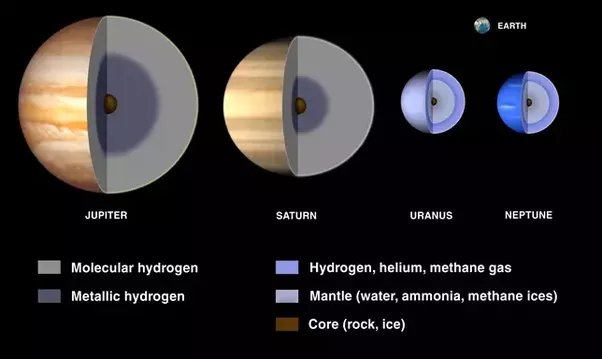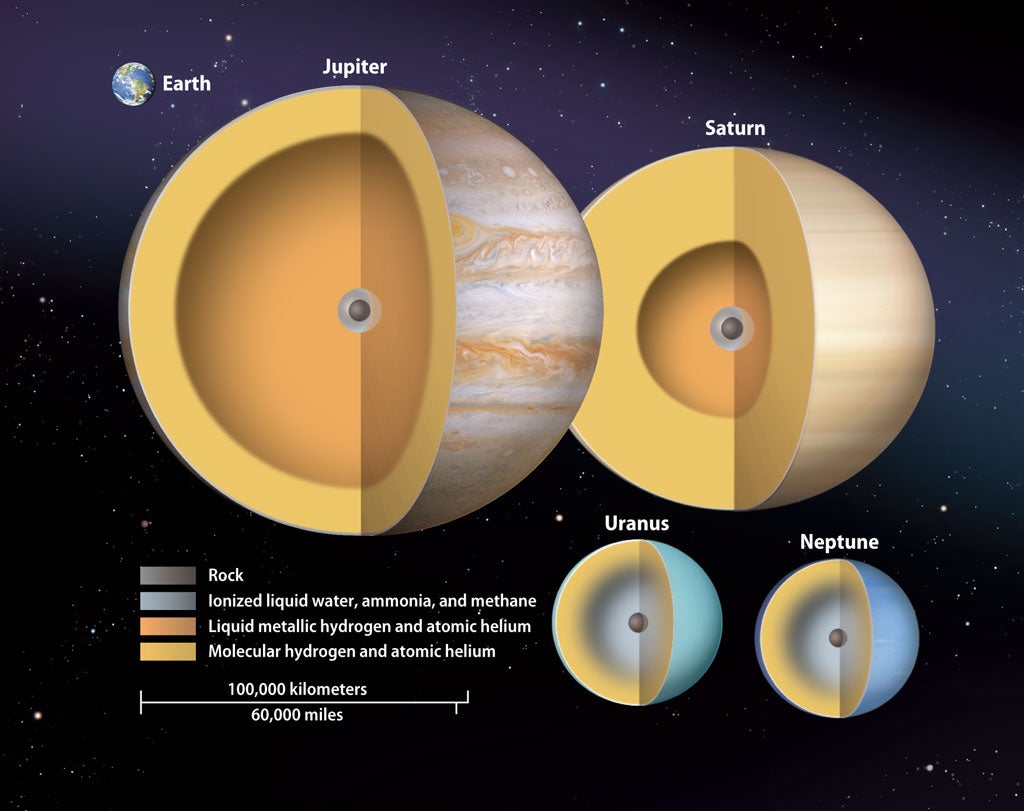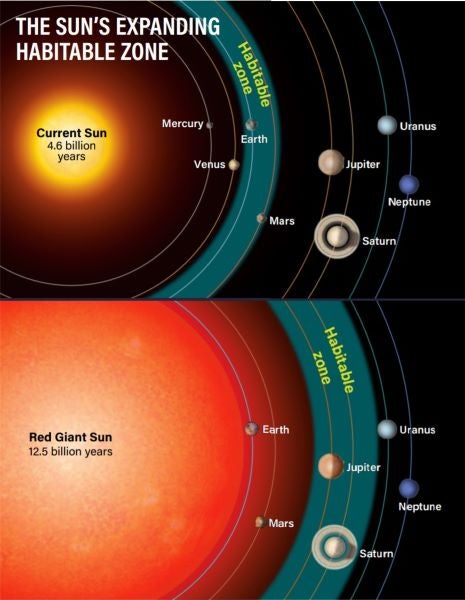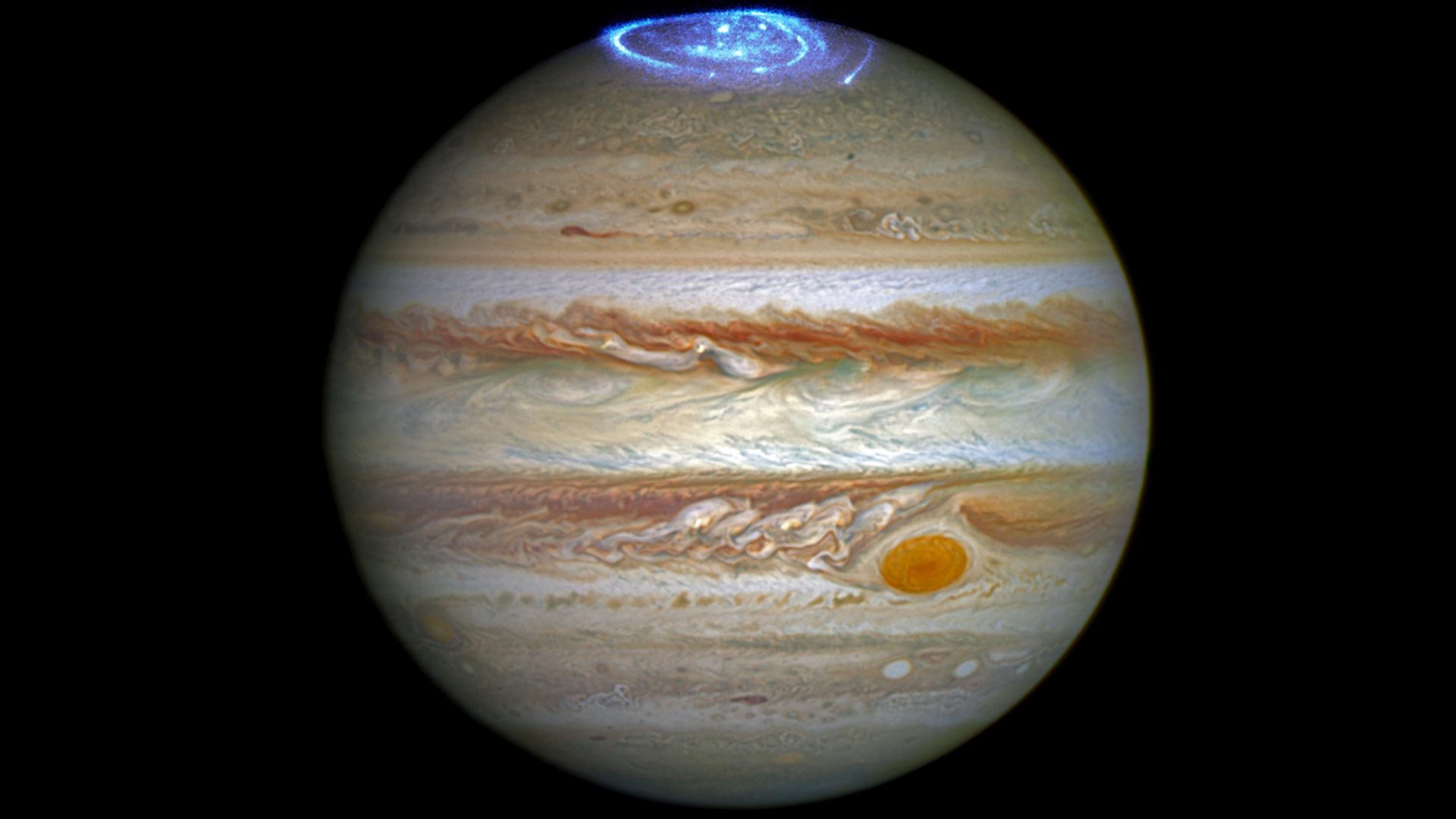Can A Gas Giant Transform Into A Star? Exploring Celestial Possibilities
What If Jupiter Became A Star?
Keywords searched by users: Can a gas giant become a star can jupiter become a star, gas giant planets, can a brown dwarf orbit a star, brown dwarf star, can a planet become a black hole, why uranus and neptune are recognized as giant planet later, giant planet in our solar system, most common stars
Is It Possible For A Gas Giant To Turn Into A Star?
Is it feasible for a gas giant to transform into a star? Gas giants possess the potential to undergo a transformative process if they possess sufficient mass and the appropriate chemical composition required to initiate and sustain nuclear fusion. In such cases, these gas giants can transition into stars, effectively joining the celestial ranks of luminous, self-sustaining bodies. This process hinges on the gas giant’s ability to generate the intense heat and pressure necessary for nuclear fusion, which defines a star’s core activity. In essence, certain gas giants can evolve into stars under specific conditions, marking a significant transformation in their celestial identity.
Can Gas Giant Planets Be Ignited?
Can gas giant planets undergo ignition, similar to stars? To answer this question, it’s crucial to consider the mass of these celestial bodies. Objects with a mass less than approximately 13 times that of Jupiter lack the necessary core temperatures to trigger thermonuclear reactions. In essence, this means that Jupiter, with its substantial but not quite massive enough size, is incapable of ever achieving the conditions required for ignition. It’s important to note that Jupiter falls quite close to the threshold that distinguishes gas giants from stars, emphasizing the critical role of mass in determining whether a celestial body can ignite or not.
Why Did The Gas Giants Not Form Into Stars?
Why didn’t gas giants like Jupiter evolve into stars? To understand this, it’s crucial to grasp the fundamental concept of stellar formation. Unlike stars, which are massive enough to trigger nuclear fusion in their cores, gas giants like Jupiter lack the necessary mass for this process. For instance, Jupiter’s mass falls far short of what’s required to initiate hydrogen-to-helium fusion reactions. An illustrative example of this principle is EBLM J0555-57Ab, a celestial body with a mass roughly 85 times that of Jupiter. This serves as a close approximation to the lower mass limit a celestial object can have to potentially sustain hydrogen fusion and qualify as a star. If this limit were any lower, the object wouldn’t have the capacity to initiate hydrogen fusion reactions either. So, it’s the substantial mass threshold that distinguishes gas giants from stars in the cosmos. [Note: The date “4th Jan 2021” seems unrelated to the topic and has been omitted for clarity.]
Aggregate 32 Can a gas giant become a star




:max_bytes(150000):strip_icc()/view-of-jupiter-from-one-of-its-moons-10177115-58e414955f9b58ef7e500e7a.jpg)



Categories: Top 12 Can A Gas Giant Become A Star
See more here: maucongbietthu.com

A gas giant will never have sufficient mass to become a star on its own. The only way to form a star is for a sufficient mass to accumulate for pressures necessary for fusion to occur.Can Gas Giants Become Stars? As we’ve discovered, gas giants that have enough mass and the right composition to kickstart and maintain nuclear fusion would be classified as stars.Objects less massive than that can never achieve the core temperatures required for thermonuclear reactions. This corresponds to about 13 times the mass of Jupiter, meaning that Jupiter itself is incapable of ever ‘igniting’. Jupiter lies pretty close to the limit of what we’d call a gas giant.
Learn more about the topic Can a gas giant become a star.
- Can large gas giants become stars (if they are made … – Quora
- Is Jupiter A Failed Star | How Close Is The Gas Giant Ignition?
- Is it possible for a gas giant like Jupiter to ignite? – BBC Science Focus
- Jupiter Is Bigger Than Some Stars, So Why Didn’t We Get a …
- Could Jupiter become a star? – BBC Science Focus Magazine
- Your astronomy questions answered: What if Jupiter became a star?